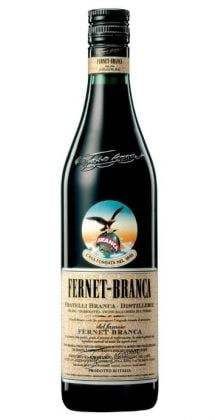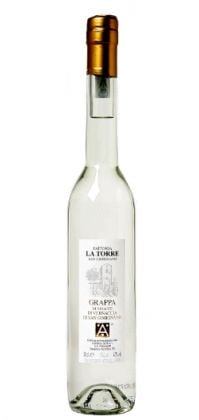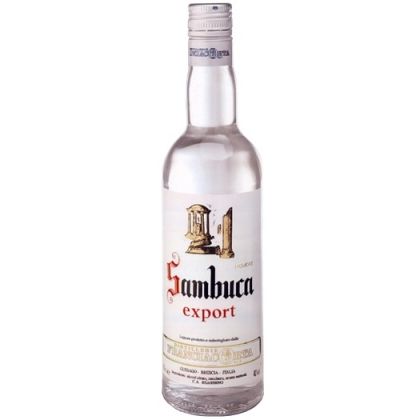1. Fernet Branca

Man tends to have a thing for conquering powerful drinks. Belonging to the large spirit family of amaro (Italian for “bitter”), Fernet Branca is young in liquor terms – only created some 165 years ago, but its sophisticatedly layered – or foul, depending on your outlook – flavour, which drinkers often have difficulty describing, has surprisingly attracted a considerable fan base not only in Italy, but also in Argentina and Germany where they are usually fixed with cola and Red Bull, respectively. It is served in a much more primitive style in California, US – straight up.
First created as a medicine in Milan with a secret recipe and often served as a digestif after lavish meals, Fernet Branca is a dark syrupy drink with a bitter and sharp taste, which supposedly tricks our body into thinking that it was taking poison, and in turn forces it to accelerate the production of saliva and digestive juices – or so the tale goes. But the liquorice and herbal flavours do have the effect of a palate refresher after a long session of eating and drinking.
According to its label, 27 different herbs and spices are used and aged in oak casks in making the liquor, ingredients include aloe, gentian root, rhubarb, gum myrrh, red cinchona bark, which perhaps explains the overwhelming bitterness.
Where: Created in 1845 in Milan by Bernardino Branca
Flavour: Bitter and sharp, with a herbal hint at first, and sweet and spicy on the finish
Alcohol content: Around 40% (varies from country to country)
Ingredients: 27 different herbs and spices from around the world
Ever wonder what differences can a wine glass make? Find out here.
2. Grappa




